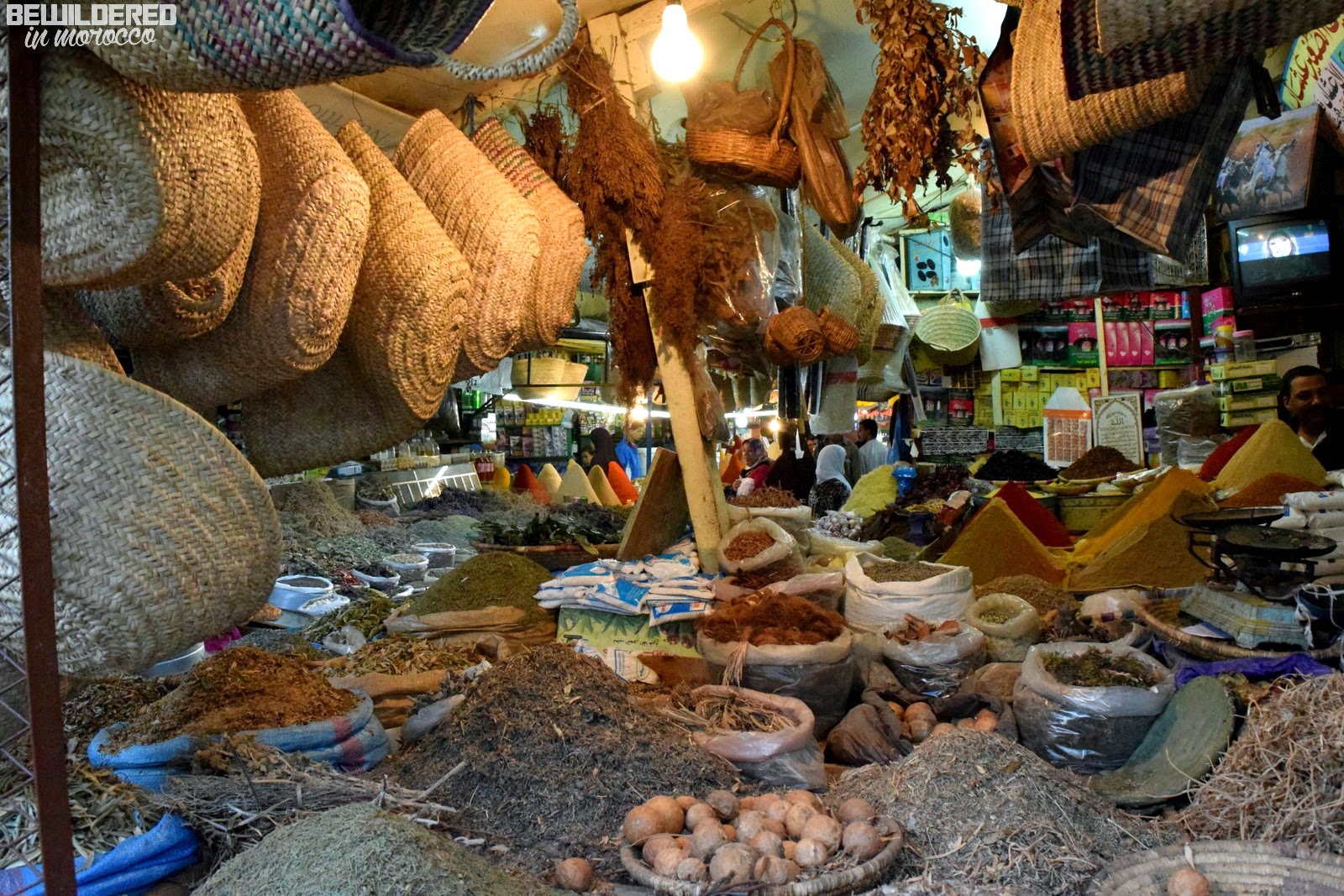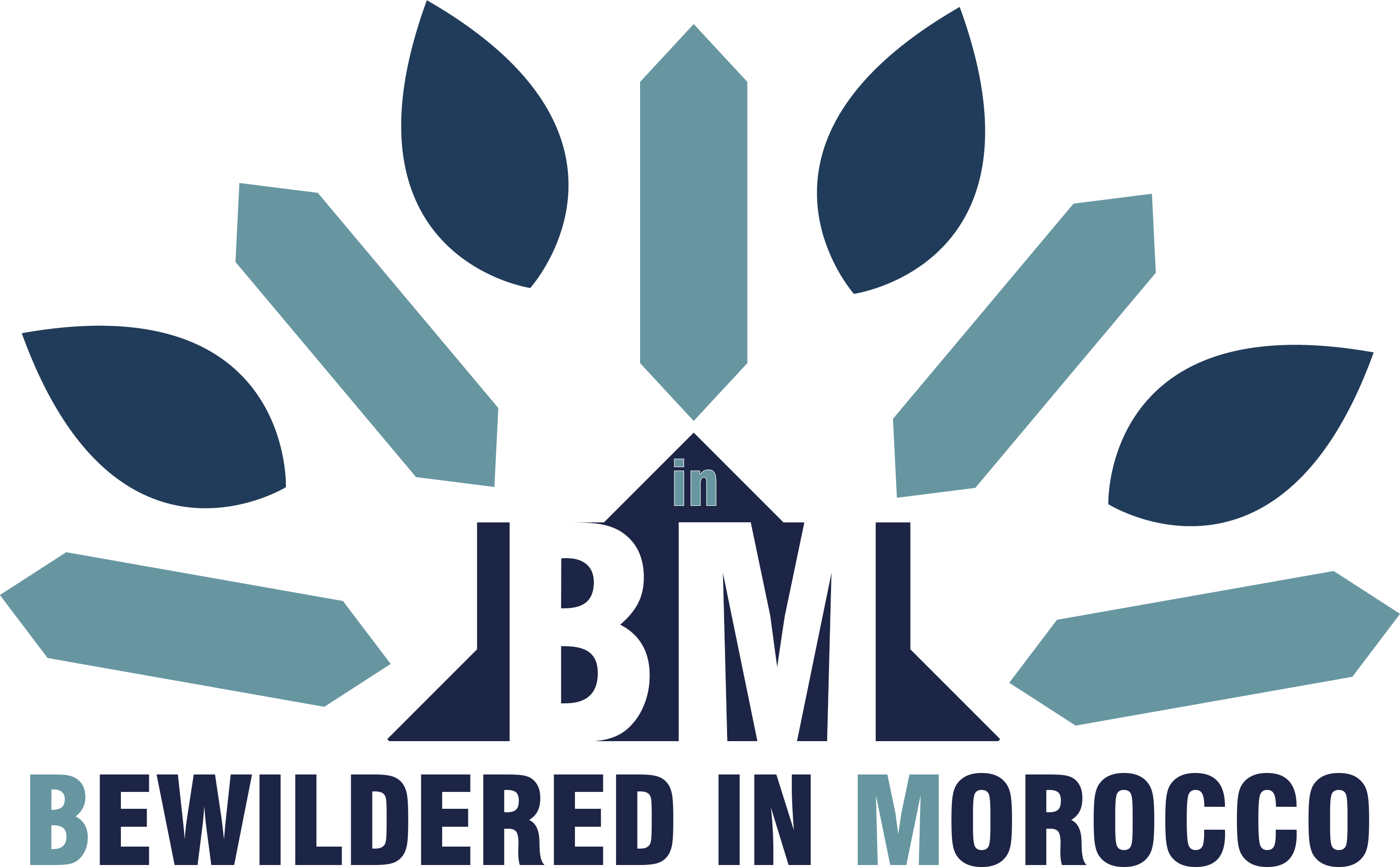Walking through the narrow streets of Habous Quarter Casablanca, I felt like I'd stumbled into a hidden world where time moves differently. This remarkable neighborhood, tucked away in Morocco's economic capital, offers visitors an authentic glimpse into traditional Moroccan life that feels worlds away from the bustling modern city surrounding it.
During my recent exploration of this captivating area, I discovered why locals and visitors alike consider Habous Quarter one of Casablanca's most treasured gems. Let me take you on this journey and share what makes this place so special.
What is Habous Quarter? Understanding Casablanca's Traditional Heart

The Habous Quarter Casablanca represents one of Morocco's most successful examples of traditional urban planning meeting modern needs. This neighborhood, also known as "New Medina," was carefully designed to preserve Moroccan architectural heritage while serving the practical needs of a growing city.
Walking through its streets, you'll immediately notice how different it feels from other parts of Casablanca. The pace slows down, conversations happen in doorways, and the scent of mint tea drifts from local cafés. It's a place where tradition isn't just preserved—it's lived.
The Architecture That Tells Stories
Traditional Moroccan Design Elements
The buildings in Habous Quarter Casablanca showcase classic Moroccan architectural features that have remained unchanged for centuries. During my visit, I was struck by the thick walls and small windows—a design choice that's both beautiful and practical. These features help keep the interiors cool during Casablanca's warm summers, showing how traditional architecture perfectly adapted to Morocco's climate.
The intricate tilework, known locally as 'zellige,' decorates many buildings throughout the quarter. Each piece is handcrafted, creating geometric patterns that catch the light differently throughout the day. Walking past these walls feels like viewing an open-air art gallery.
The Royal Palace Connection
One of the most impressive aspects of visiting Habous Quarter Casablanca is its proximity to the Royal Palace. The neighborhood sits adjacent to this important royal residence, and you can glimpse the palace's magnificent architecture from various points within Habous.
The palace serves as the king's residence when he's in Casablanca, and its presence adds a sense of grandeur to the entire area. The mosque within the quarter holds special significance as it's where royal prayers take place during important religious occasions, including Friday prayers and celebrations like Mawlid al-Nabawi.
Shopping for Authentic Treasures

Traditional Clothing and Crafts
The heart of Habous Quarter Casablanca beats strongest in its traditional markets. Here, you'll find authentic Moroccan clothing that locals call "traditional wear" — flowing robes, intricate kaftans, and handwoven textiles that represent generations of craftsmanship.
What impressed me most was the quality of the items available. Unlike some tourist markets, Habous Quarter specializes in goods that locals actually use and wear. The shopkeepers take pride in their merchandise, often explaining the origins and traditional uses of various items.
The Art of Moroccan Craftsmanship
Every corner of Habous Quarter Casablanca reveals new examples of traditional Moroccan artistry. From hand-carved wooden items to delicate metalwork, the quarter serves as both a shopping destination and a living museum of Moroccan crafts.
The leather goods particularly caught my attention. Moroccan leather has a worldwide reputation for quality, and seeing craftsmen at work in their small shops gives you a deep appreciation for the skill involved in creating these beautiful pieces.
A Cinematic Setting
Where Movies Come to Life
Habous Quarter Casablanca has served as the backdrop for numerous international and Moroccan films and television series. Walking through its streets, it's easy to understand why filmmakers are drawn to this location. The authentic atmosphere and well-preserved architecture create a perfect setting for stories set in traditional Morocco.
This cinematic history adds another layer of interest to your visit. You might find yourself recognizing locations from movies or TV shows, creating a unique connection between the media you've consumed and the real place you're experiencing.
The Mosque: A Spiritual Center
The mosque in Habous Quarter Casablanca stands as more than just a place of worship—it's the spiritual heart of the community. Its architecture follows traditional Moroccan design principles, with a minaret that rises gracefully above the surrounding buildings.
The call to prayer echoes through the quarter five times daily, creating moments of peaceful reflection that remind visitors of the deep spiritual traditions that continue to guide daily life in Morocco. Even non-Muslim visitors often find these moments moving and contemplative.
Practical Tips for Visiting Habous Quarter Casablanca

Best Times to Visit
Early morning and late afternoon offer the most comfortable temperatures for exploring Habous Quarter Casablanca. These times also provide the best lighting for photography, as the sun creates beautiful shadows and highlights on the traditional architecture.
Friday mornings hold special significance due to the weekly prayers, so you'll experience a particularly vibrant community atmosphere if you visit then.
What to Expect
The quarter maintains a peaceful, residential feel that's quite different from the busier tourist areas of Morocco. Expect to encounter friendly locals going about their daily routines, children playing in the streets, and the gentle pace of traditional Moroccan neighborhood life.
Photography Opportunities
Habous Quarter Casablanca offers countless photography opportunities, from architectural details to street life scenes. The interplay of traditional buildings, local people, and daily activities creates compelling visual stories at every turn.
However, always ask permission before photographing people, especially in this residential area where privacy and respect are particularly important.
The Living Heritage Experience
More Than Just Tourism
What makes Habous Quarter Casablanca special isn't just its beauty—it's the fact that this is a living, breathing community. Families have lived here for generations, shops serve local customers, and daily life continues much as it has for decades.
This authenticity means your visit contributes to a real community rather than just consuming a tourist attraction. When you buy from local shops or enjoy mint tea at a neighborhood café, you're participating in the economic life that keeps these traditions alive.
Cultural Immersion Opportunities
Visiting Habous Quarter Casablanca offers opportunities for genuine cultural exchange. Local residents are often happy to share stories about their neighborhood, explain the significance of architectural features, or recommend their favorite shops and cafés.
These interactions provide insights you won't find in any guidebook and create the kind of meaningful travel memories that last long after your trip ends.
Beyond the Main Streets
Hidden Corners and Secret Spots
While the main areas of Habous Quarter Casablanca are well-known, some of the most charming discoveries happen when you venture down smaller side streets. These quieter areas reveal daily life in its most authentic form—children playing, neighbors chatting over garden walls, and the peaceful rhythms of residential Morocco.
Don't be afraid to explore these smaller streets, but always be respectful of the residential nature of these areas.
Planning Your Visit
Getting There
Habous Quarter Casablanca is easily accessible from central Casablanca by taxi or public transportation. Its location near the Royal Palace makes it a natural part of any Casablanca city tour.
What to Bring
Comfortable walking shoes are essential, as you'll want to explore the quarter's winding streets on foot. A camera is highly recommended, but remember to be respectful when photographing in this residential area.
Why Habous Quarter Matters
My exploration of Habous Quarter Casablanca reminded me why I fell in love with Morocco in the first place. This remarkable neighborhood represents everything that makes Moroccan culture so captivating—the blend of beauty and practicality, tradition and adaptation, community spirit and individual craftsmanship.
Whether you're a first-time visitor to Morocco or someone who's explored many corners of this fascinating country, Habous Quarter offers something special. It's a place where you can experience authentic Moroccan life while enjoying some of the most beautiful traditional architecture in Casablanca.
Have you visited Habous Quarter Casablanca, or is it on your Morocco travel wishlist? I'd love to hear about your experiences or answer any questions about planning your visit. Share your thoughts in the comments below—your insights help create a community of travelers who appreciate the deeper beauties of Morocco.
What aspects of traditional Moroccan neighborhoods interest you most? The architecture, the crafts, the community life, or something else entirely? Let's continue this conversation and help each other discover more of Morocco's hidden treasures.
